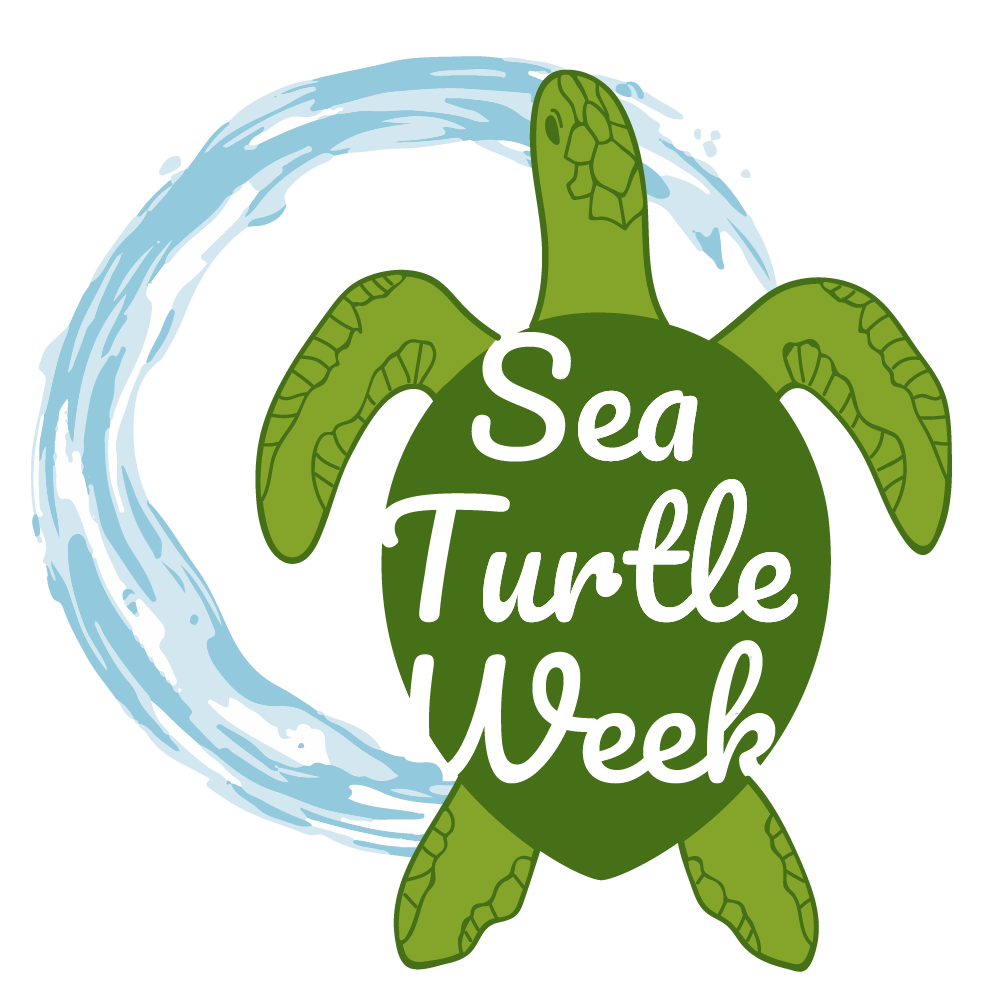JUNE 11TH - OLIVE RIDLEY SEA TURTLE DAY
Scientific Name: Lepidochelys olivacea
Size: 2-2.5 feet (~0.6 meters)
Weight: 75-100 pounds (34-45 kg)
Diet: Crabs, shrimp, lobster, urchins, jellies, algae, fish
IUCN Status: Listed as Vulnerable, Population Trend: Decreasing / ESA - Pacific Coast of Mexico breeding population listed Endangered, all other populations Threatened
FUN FACT
Olive ridleys nest in arribadas (large groups of sea turtles nesting at the same time) and though arribadas are not well understood, the timing is thought to coincide with weather events such as strong winds or cloudy days, or with moon and tide cycles.
BEHAVIOR
Olive ridleys are primarily pelagic, spending much of their life in the open ocean, but may also inhabit continental shelf areas and venture into bays and estuaries.
LIFESPAN
Adults reach sexual maturity around the age of 15 years.
REPRODUCTION
Like the Kemp’s ridley, they nest 'in mass’ referred to as arribadas. During arribadas, thousands of females may nest over the course of a few days to a few weeks. They’ll nest 1-3 times per season and lay about 100 eggs per nest. Eggs incubate for roughly 2 months before hatching.
DISTRIBUTION
Olive ridleys occur globally and are found mainly in tropical regions of the Pacific, Indian, and Southern Atlantic Oceans. Arribadas occur in Mexico, Nicaragua, Costa Rica, Panama, Australia, parts of Africa, and a few beaches along the coast of India. The largest ones occur in Costa Rica, Mexico, and India. Other solitary nesting areas include Guatemala, Brazil, Myanmar, Malaysia, and Pakistan. Worldwide, they nest in approximately 40 countries.
World map providing approximate representation of the Olive Ridley turtle's range - NOAA Fisheries
MAJOR THREATS
Threats to olive ridleys include the direct harvest of turtles and eggs for human consumption, entanglement of turtles in commercial fishing gear, and coastal development.


